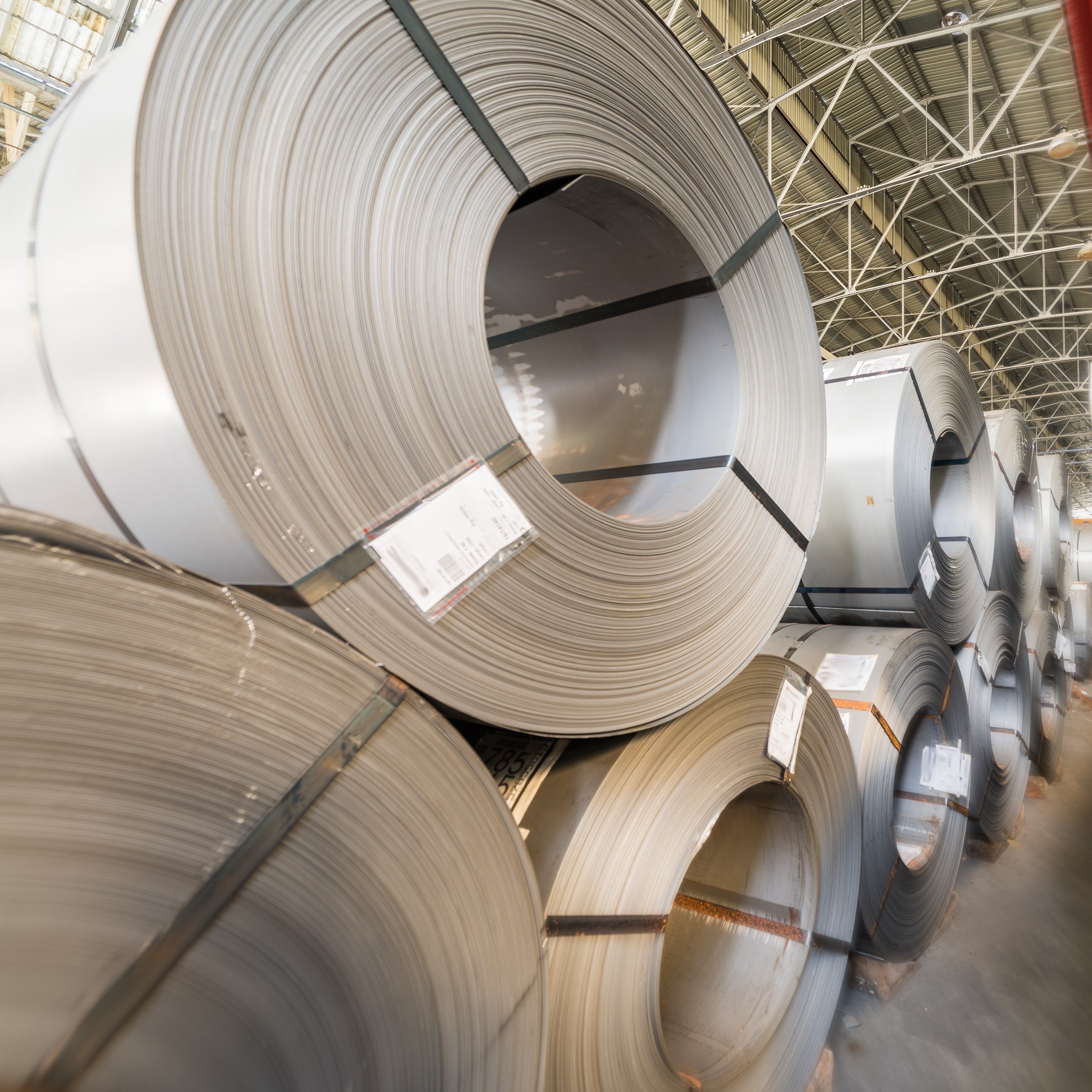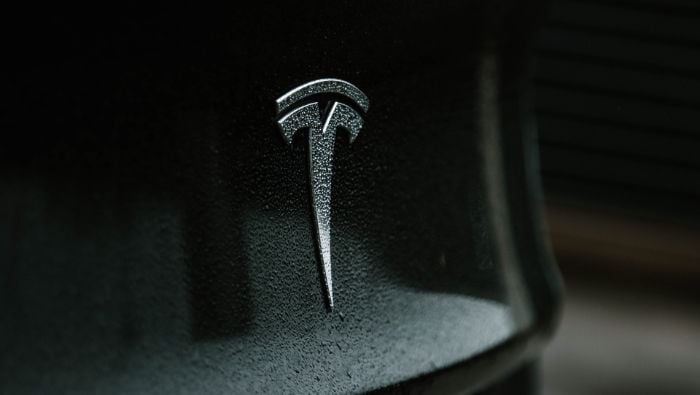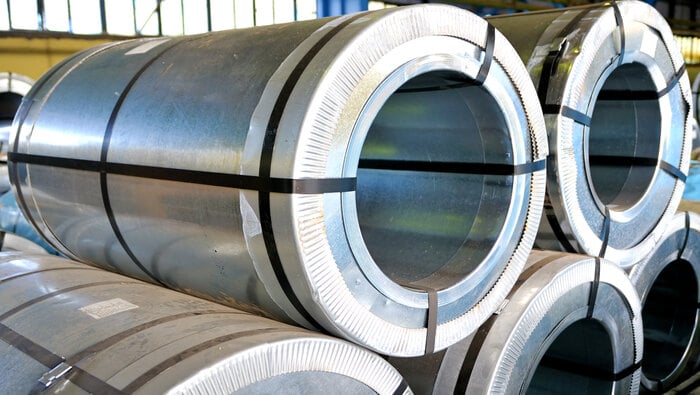European battery electric vehicle (BEV) demand disappointed in 2024, but automakers face an even bigger challenge if 2025 follows the same trend. Carmakers need to meet stricter fleet-average CO2 emission standards next year or, as it stands currently, face large fines. In response, carmakers are set to prioritise their low-and zero emission vehicles by launching more affordable and competitive models. Competition could intensify, as manufacturers need to increase incentives to meet the more stringent standards. However, there is mounting pressure on policymakers to reconsider, delay or adjust emissions deadline.
Weaker BEV demand prompts some manufacturers to revise their strategies
Battery electric vehicle (BEV) sales in the EU have beenweak, declining 4.9% y/y through to end-October. Demand has fallen short of expectations due to concerns over affordability, residual values, reduced subsidies and insufficient infrastructure, which have deterred buyers.
On the supply side, reports of high inventory levels and lower incoming orders for certain suppliers and carmakers – particularly for specific BEV models – have further compounded the issue. These challenges have led to production downtimes and the temporary suspension of some models. As a result, several manufacturers have revised their medium- to long-term plans, delaying new model launches and adjusting BEV targets.
Weaker-than-expected BEV demand, inflationary pressures and limited fiscal support have prompted some OEMs to consider restructuring. For instance, Stellantis recently announced plans to shut its Luton plant in the UK, consolidating production at Ellesmere Port, citing the UK’s Zero Emission Vehicle (ZEV) mandate as a key factor.
Pressure mounts on carmakers to meet emission standards next year or face fines
Carmakers are required to significantly reduce their average CO2 emissions to comply with stricter emission standards in 2025 or face fines. For example, average car emission standards are set at 95g CO2 per kilometre, with each manufacturer’s target adjusted based on the average mass of its registered vehicles. This represents a reduction of approximately 15% from 2021 levels. According to the European Environment Agency, average passenger car emissions fell to 106.6g CO2/km in 2023, a 1.4% decrease compared to 2022, but still 12% higher than the 2025 target. Meanwhile, carmakers’ average fleet CO2 emissions are expected to remain relatively flat this year.
Manufacturers have several strategies to achieve these targets. These include prioritising BEV deliveries, pooling compliance efforts, increasing the sale of more efficient internal combustion engine (ICE) and hybrid vehicles, and expanding their plug-in hybrid offerings, with several carmakers opting to boost the battery size of these vehicles.
Carmakers to prioritise BEV models in 2025 with new model launches and attractive incentives
Given the current weak demand, this target appears challenging. However, it is anticipated that carmakers will prioritise low- and zero-emission vehicles in 2025, particularly in the latter half of the year, to meet stricter emissions requirements. Furthermore, there are signs that some manufacturers have deferred BEV deliveries, model launches and discount strategies to better position themselves for compliance next year. For instance, Volkswagen recently reported a BEV order backlog exceeding 170,000 units, significantly higher than the same period last year. Similarly, the German automotive association (VDA) noted a 20% y/y increase in BEV production during 2024 Q3, indicating a production ramp-up.
Further growth in the market is expected with the launch of more affordable, mass-market BEV models in 2025. These vehicles, typically produced in higher volumes, are likely to attract a broader range of consumers. Compliance pressures, combined with increased competition, are also expected to result in more aggressive pricing strategies to boost sales. Growth in 2025 is also anticipated to benefit from base effects, given BEV growth has remained stagnant this year.
A useful precedent to consider is the stepwise change in emissions standards in 2020. Between 2019 and 2020, the market share of electric vehicles (BEVs and PHEVs) rose from 3.5% to 11.6%, while average CO2 emissions fell by 12% y/y, the largest annual decline since the introduction of CO2 standards in 2010. More recently, the UK’s ZEV has demonstrated the role of policy in driving BEV sales. Carmakers have used aggressive discounts to meet mandated targets, contributing to a 14% y/y increase in BEV sales in the UK during the first ten months of this year. This has made the UK the fastest-growing BEV market among Europe’s “big five” countries, underscoring the effectiveness of policy measures.
Nonetheless, risks to the forecast persist. Weak overall demand could hinder growth. Additionally, pressure is mounting on policymakers to reconsider emissions deadlines, with stakeholders advocating for delays or adjustments. While the current outlook assumes no immediate changes to the 2025 emissions standards, any flexibility or postponement of these targets could significantly reduce BEV demand. Despite these uncertainties, European BEV growth is expected to gain momentum next year as carmakers shift their strategic focus to expanding their electrified offerings to meet emissions standard targets.

















